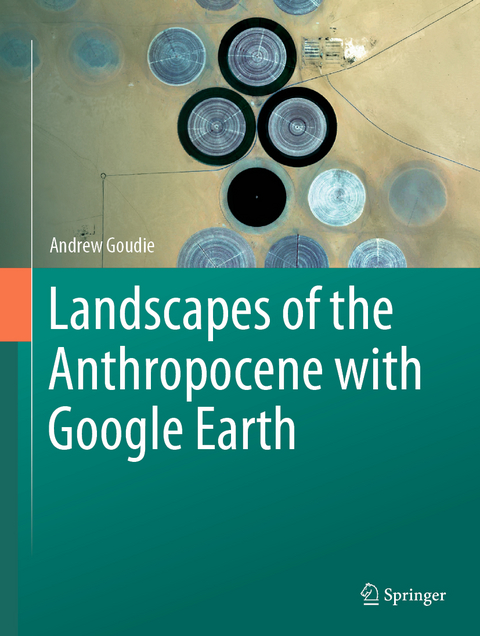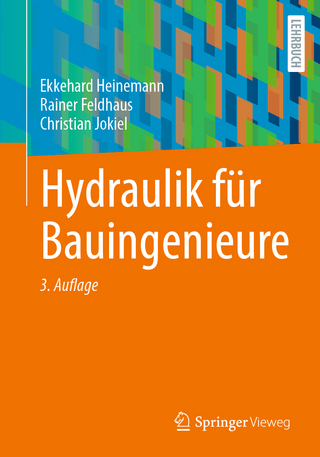
Landscapes of the Anthropocene with Google Earth
Springer International Publishing (Verlag)
978-3-031-45384-7 (ISBN)
Andrew Goudie, Ph.D., D.Sc., Emeritus Professor of Geography at the University of Oxford, a former Pro-Vice Chancellor, Honorary Fellow of Hertford College, and the former Master of St. Cross College, is Geomorphologist who led the Kimberley Research Project in 1988. He is a recipient of a Royal Medal from the Royal Geographical Society, the Mungo Park Medal of the Royal Scottish Geographical Society, and the Farouk El-Baz Award of the Geological Society of America. He is Fellow of the British Society of Geomorphologists. He has been Chair of the British Geomorphological Research Group, President of the Geographical Association, and President of the International Association of Geomorphologists. He has written extensively on the human impact and the Anthropocene.
1 Introduction.- 2 Driving Forces.- 3 Humanly-Made landforms.- 4 Rivers.- 5 The Cryosphere (Glacial and periglacial landscapes).- 6 Coasts.- 7 Lakes.- 8 Ground Subsidence.- 9 Water Erosion and Mass Movements.- 10 Aeolian Anthropocene.- 11 Stage 3 of the Anthropocene - Stewardship.
| Erscheinungsdatum | 12.12.2023 |
|---|---|
| Zusatzinfo | XI, 249 p. 164 illus., 163 illus. in color. |
| Verlagsort | Cham |
| Sprache | englisch |
| Maße | 210 x 279 mm |
| Gewicht | 910 g |
| Themenwelt | Naturwissenschaften ► Biologie ► Ökologie / Naturschutz |
| Naturwissenschaften ► Geowissenschaften ► Geografie / Kartografie | |
| Schlagworte | coasts • geomorphology • landforms • Landscapes • rivers |
| ISBN-10 | 3-031-45384-0 / 3031453840 |
| ISBN-13 | 978-3-031-45384-7 / 9783031453847 |
| Zustand | Neuware |
| Informationen gemäß Produktsicherheitsverordnung (GPSR) | |
| Haben Sie eine Frage zum Produkt? |
aus dem Bereich


